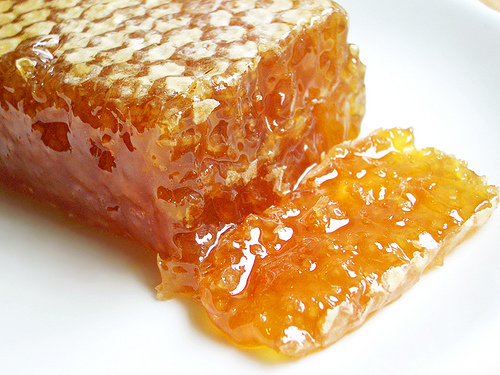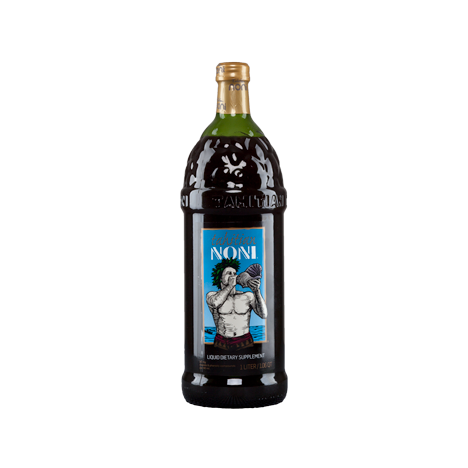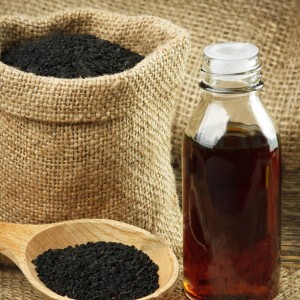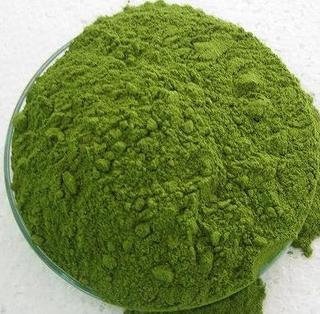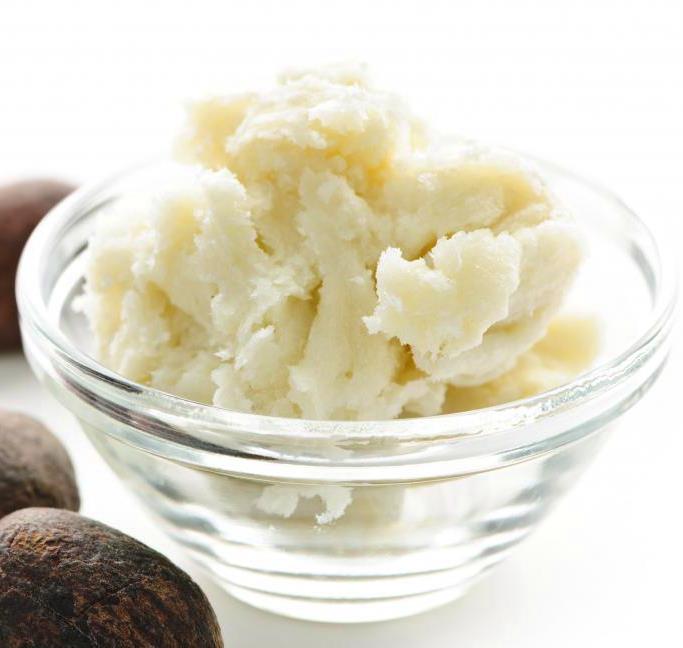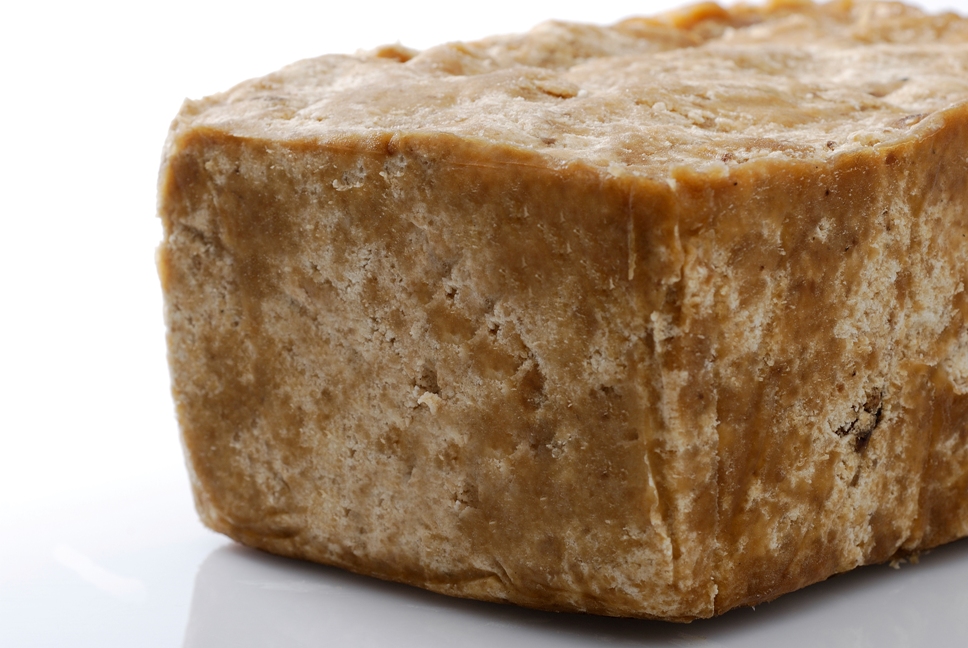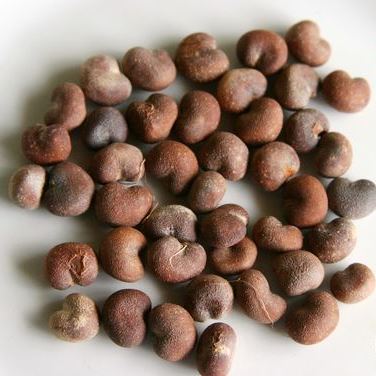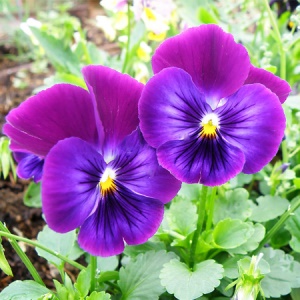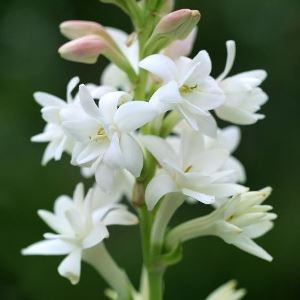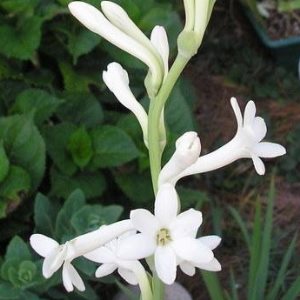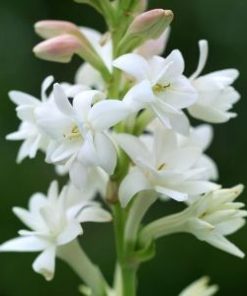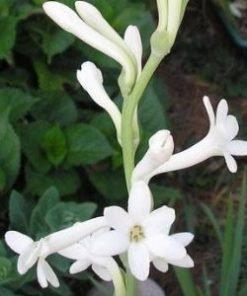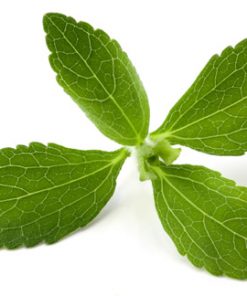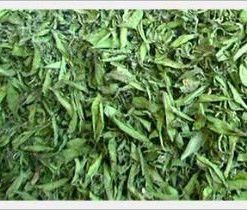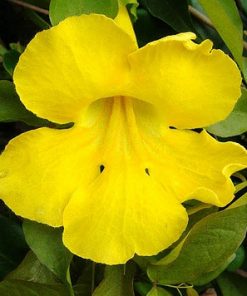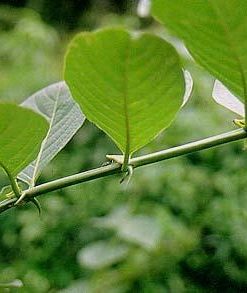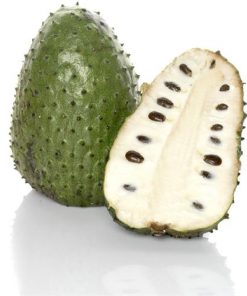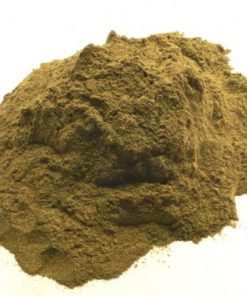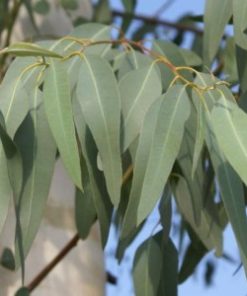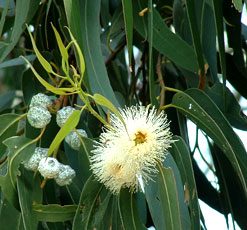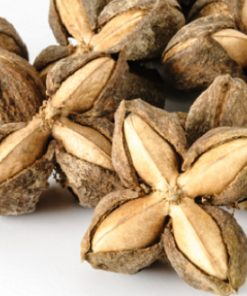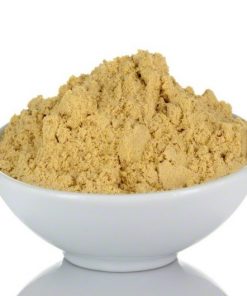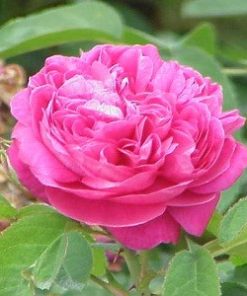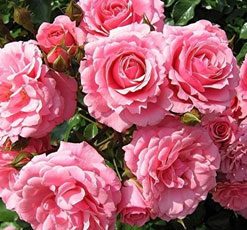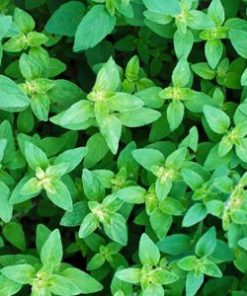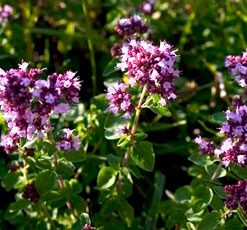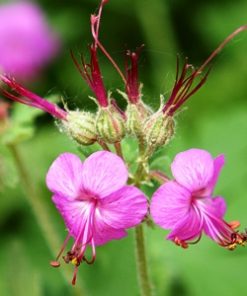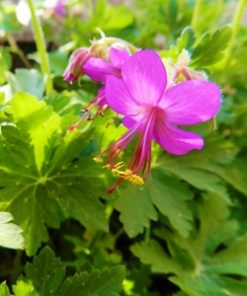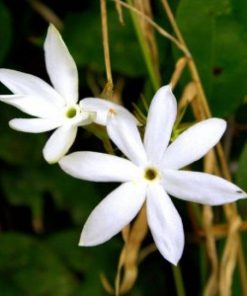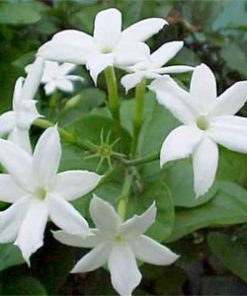Description
Tuberose Absolute Oil (5 mL)
Tuberose Absolute Oil is derived from Polianthes tuberosa, a perennial plant related to the agaves, extracts of which are used as a note in perfumery. The common name derives from the Latin tuberosa, meaning swollen or tuberous in reference to its root system. Polianthes means “many flowers” in Greek. In Mexican Spanish, the flower is called nardo or vara de San José, which means “St. Joseph’s staff”. This plant is called as rajanigandha in India, which means ‘fragrant at night’. It is called kupaloke in Hawaiian. The tuberose is a night-blooming plant native to Mexico, as is every other known species of Polianthes. It grows in elongated spikes up to 45 cm (18 in) long that produce clusters of fragrant waxy white flowers that bloom from the bottom towards the top of the spike.
No note in perfumery is more surprisingly carnal, creamier or contradicting than that of tuberose. The multi-petalled flower is a mix of flower shop freshness and velvety opulence. Polianthes tuberosa doesn’t have any botanical or olfactory relation to roses, despite the name. This small white blossom flowering plant is its own thing, a “white floral” (in the same class as jasmine and orange blossom) with an intensity and creaminess beyond any other: Though the scent can be likened to that of orange blossom and gardenia, tuberose has interesting facets of camphor in the opening (comparable to – but not quite that green – as budding gardenias), of dewy mushroom and earth when in bloom and then of rot and bloody meat when browning. Buttery, rubbery and even metallic facets also emerge if one searches for them. The natural blossoms are so powerful they can fill a room and continue to exude their scent for days after picking.
HISTORY OF USE
Contrary to what we think about Polianthes tuberosa being aboriginal to mexico, in the opinion of some botanists, it is actually native to the Phillipine and Malaysian islands. It was first known to have been brought to the new world by means of wayward fisherman and explorers. It was traded by western Asians to the European cultures as a highly prized and valuable bulb. In Singapore it is called xinxiao which means “that on which the moth rests.” Depictions of the plant on temple walls date back to the time before the building of the great wall, when no known trade had been established between the European community and the new world.
Fragrance Impact: carnal, creamy and fleshy floral note which can present mentholated facets when blooming or even rotten meat off-notes when ripe; extremely polarizing and yet popular in fragrances.
Botanical Name: Polianthes tuberosa
Description: sensuous deep orange-golden brown oil has a warm, very sweet, “plump” and most intoxicating floral aroma with peach leaf and soft spice-like background notes.
Properties: aphrodisiac, deodorant, relaxing, sedative, and warming substance.
Uses: commonly used as an aphrodisiac both in aromatherapy as well as in herbal medicines. The rich, intense, and long-lasting floral fragrance is an ideal choice for a deodorant, which is why it is so popular in countries with hot and humid climates, as they have to frequently deal with sweat and the resultant body odour.
Source: India
Characteristics: the scent of real Tuberose Absolute is a bit of a surprise. The flower begins with a fierce green note with an almost mineral edge, however this quickly fades as the flower warms on the skin to reveal the rich creamy slightly waxy scent that seems familiar.
Production Method: Solvent or CO2 Extraction
The scent of tuberose can be described as sexy: as alluring as orange blossom or jasmine, yet mixed with something spicier, like menthol. And the olfactory effect at night is so powerful, it fills a room, then sticks around for hours. Which is why it is the perennial polarizing flower note having as many ardent fans as passionate detractors. The Victorians must have been among the latter: they forbade young girls of inhaling the scent of tuberose in the fear they might have a spontaneous orgasm!
Tuberose is not a very popular name in the world of herbal medicines. In fact, it is very popular and priced among perfume manufacturers. Its flower has a beautiful fragrance, which is active at night, which is the only time that this flower blooms. Due to this, tuberose is popularly known as “Night Queen”, “Mistress of the Night”, or “Raat ki Raani”, as it known in Hindi. It grows well in Central America and India and is in high demand in the countries of the Indian Subcontinent, Middle East, and Africa in order to make perfume.
Caution: NEVER USE INTERNALLY.
- Not recommended for pregnant women and infants.
Individuals with serious and chronic health issues should consult an expert prior to using oils.
TRUST ROCKET ROBIN
Rocket Robin is proud to be your supplier of truly natural products with simple ingredients in support of your family’s health and well-being.
Additional information
| Weight | 0.1 kg |
|---|---|
| Dimensions | 5 × 5 × 5 cm |

